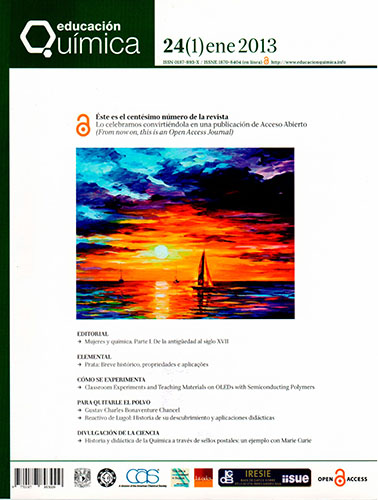La importancia clínica actual de Staphylococcus aureus en el ambiente intrahospitalario
Contenido principal del artículo
Resumen
Current perspective on clinical significance of Staphylococcus aureus in the hospital environment
S. aureus provokes high rates of morbidity and mortality into the hospitals, because of the poor health conditions of patients, failure to comply with the prevention guidelines, and the multidrug resistance strains. In this sense many patients acquire surgical wound infections, bacteremia or pneumonia, which further exacerbate their pathological condition and complicate their eventual cure, depending on the gravity of the initial illness. By the other hand physicians, chemists and nurses are obliged to make additional efforts taking an active part in prevention, detection and control of the infectious outbreaks whose etiological agents are the most difficult to eradicate because they are resistant to nearly all antibiotics. The present work deals with the problem of the main nosocomial infections caused by S. aureus.
Detalles del artículo
Citas en Dimensions Service

Educación Química por Universidad Nacional Autónoma de México se distribuye bajo una Licencia Creative Commons Atribución-NoComercial-SinDerivar 4.0 Internacional.
Basada en una obra en http://www.revistas.unam.mx/index.php/req.




